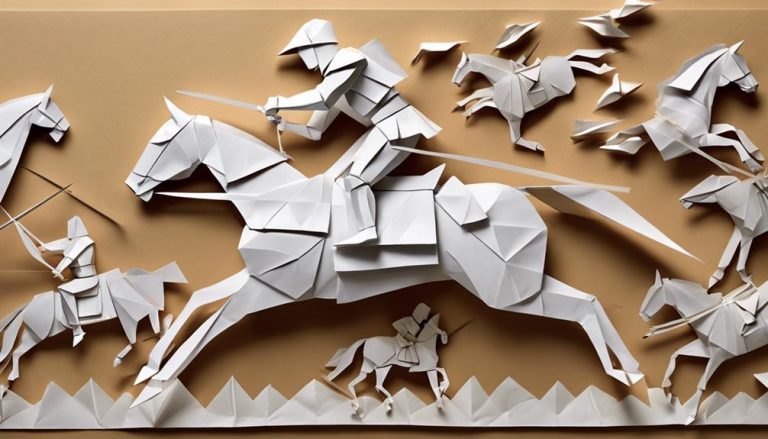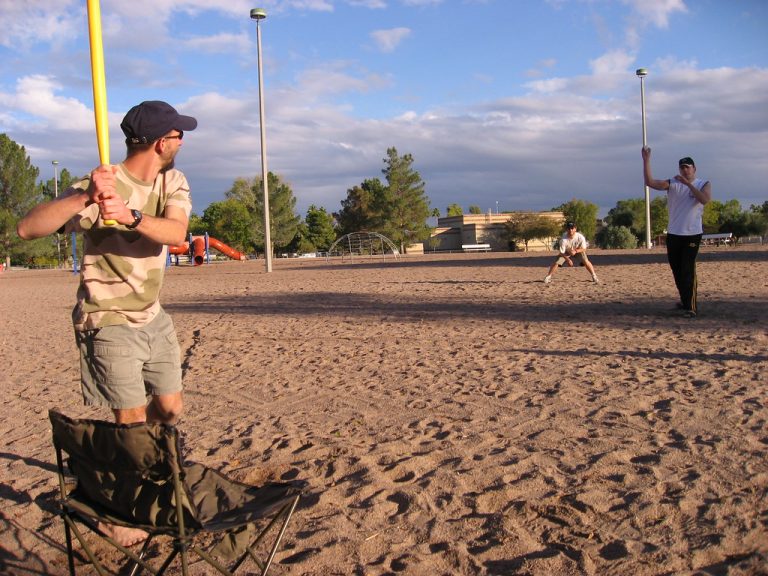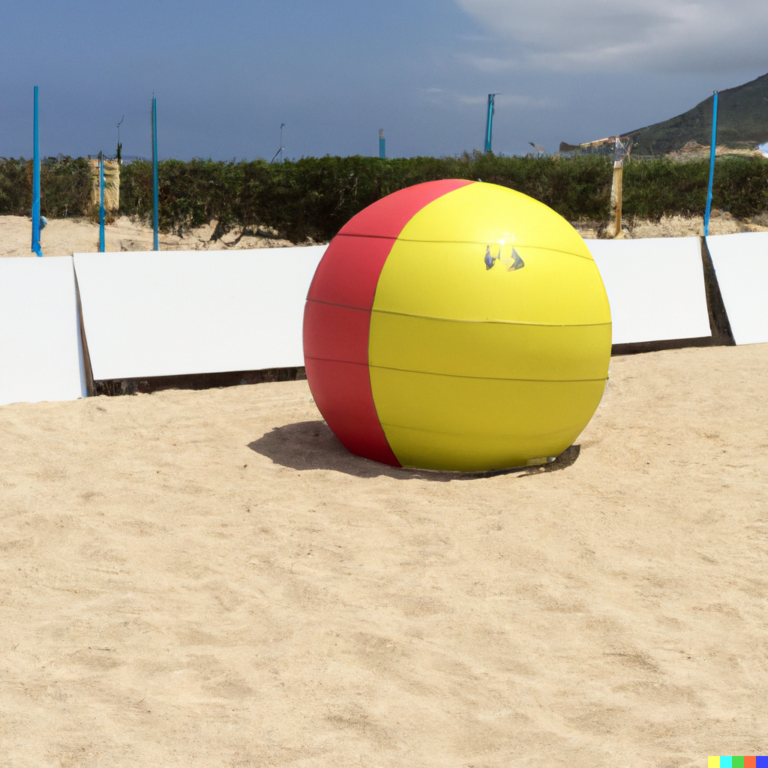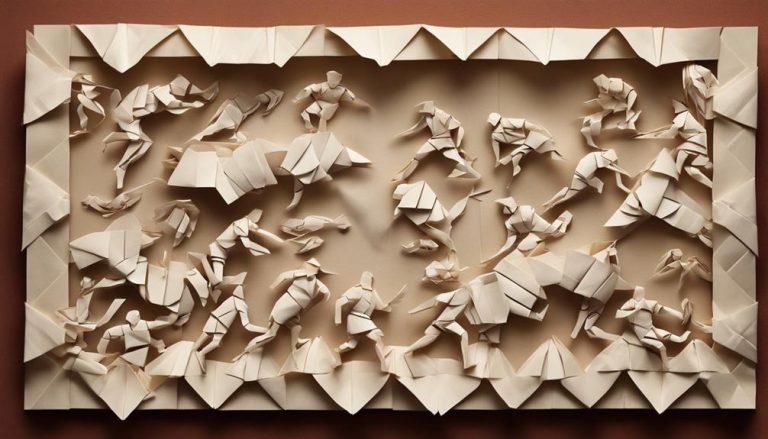General Rules of Kart Racing
When it comes to kart racing, remember that the track is your canvas, and your kart is the brush through the twists and turns. But before you rev up your engine and hit the track, there are important rules and regulations you must follow to guarantee a fair and safe race for all participants. From the mandatory safety gear to the intricate passing maneuvers, understanding these fundamental guidelines can make or break your performance on the circuit.
Safety Gear Requirements
Before hitting the track, make sure you've got all the necessary safety gear for kart racing. Your helmet is your best friend on the track. It's not just about strapping any helmet on your head; it needs to fit correctly. A well-fitted helmet is essential for your safety. It should sit snugly on your head, not too tight to cause discomfort, but secure enough that it doesn't move around when you turn your head. Take the time to make sure your helmet fits properly before you even think about starting your engine.
When it comes to your racing suit, comfort is key. You want a suit that fits well, allowing you to move freely as you navigate those tight corners. Sizing is vital here. A suit that is too loose can be just as dangerous as one that is too tight. You don't want excess fabric getting caught on something inside the kart, causing a potential hazard. On the other hand, a suit that is too tight can restrict your movements and hinder your performance. Find the right balance between comfort and fit to make sure you can race safely and effectively.
Race Start Procedure
Guarantee your kart is in peak condition as you prepare to master the race start procedure. As you line up on the starting grid, make sure your engine is warmed up, tires are at the right pressure, and all your gear is secure. The starting grid is where your positioning can give you an advantage, so familiarize yourself with the track layout and any potential obstacles that may affect your acceleration.
Once the lights signal the start of the race, it's important to navigate the acceleration zone efficiently. This zone is vital for gaining momentum and positioning yourself well for the first corners. Remember, every millisecond counts, so be ready to react swiftly when the race begins. Smoothly apply the throttle, keeping a steady pace to avoid wheel spin as you launch off the line.
Maintaining control of your kart during the initial acceleration is key to setting yourself up for a successful start. Keep your focus sharp, anticipate the movements of other drivers around you, and aim to find clean air to avoid any potential collisions. By mastering the race start procedure, you increase your chances of a strong start to the race and staying ahead of the competition.
Passing and Overtaking Rules
When it comes to kart racing, mastering the art of passing and overtaking is essential. You need to focus on executing clean overtaking maneuvers, avoiding aggressive bumping at all costs. Keep an eye out for strategic passing opportunities to make your way to the front of the pack.
Clean Overtaking Maneuvers
To execute a successful overtake in kart racing, it is important to understand and adhere to the clean overtaking maneuvers and rules set forth to guarantee fair and safe competition on the track. When overtaking, remember the following:
- Timing: Wait for the right moment to make your move, ensuring you have enough space to pass cleanly.
- Positioning: Position your kart correctly before attempting the overtake to avoid collisions.
- Communication: Signal your intentions clearly to the driver you're passing to prevent confusion.
- Respect: Treat your fellow racers with respect, giving them room to defend their position while maintaining fair competition.
No Aggressive Bumping
Adhering to the rule of no aggressive bumping is important in kart racing to maintain a fair and safe environment for all participants on the track. Fair play and sportsmanship ethics are essential in ensuring that every racer has an equal opportunity to compete without fear of unfair tactics. When overtaking, it is vital to do so cleanly and respectfully, avoiding any intentional contact that could lead to accidents or alter the outcome of the race. Remember, kart racing is not just about speed; it's also about demonstrating skill and respect for your fellow racers. By following the no aggressive bumping rule, you contribute to creating a positive racing atmosphere where everyone can enjoy the thrill of competition in a safe and fair manner.
Strategic Passing Opportunities
For successful kart racing maneuvers, mastering strategic passing opportunities is essential to gaining an advantage over your competitors on the track. To excel in this aspect of racing, consider the following:
- Track Positioning: Study the track layout to identify corners or straights where passing is more feasible.
- Timing Opportunities: Anticipate when your opponent may make a mistake or leave an opening for you to pass.
- Defensive Driving: Learn to defend your position while also being prepared to make a move when the opportunity arises.
- Risk Assessment: Evaluate the risks involved in each passing opportunity to make calculated decisions that maximize your chances of success.
Track Limits and Penalties
Alright, let's talk about the essential ASPECTS when it comes to track limits and penalties in kart racing. Enforcing track boundaries is VITAL in maintaining a fair and safe racing environment. Understanding the types of penalties that can be incurred for breaching these limits is key to staying competitive while respecting the rules.
Enforcing Track Boundaries
When racing on the kart track, staying within the designated boundaries is essential to avoiding penalties and maintaining fair competition. Here are some critical guidelines to help you understand the importance of enforcing track boundaries:
- Track Etiquette: Respect the track boundaries to guarantee fair play and uphold the spirit of kart racing.
- Boundary Respect: Stay within the designated track limits to prevent gaining an unfair advantage over other racers.
- Corner Cutting: Avoid cutting corners excessively as it not only violates rules but can also lead to penalties.
- Penalty Enforcement: Track officials are vigilant about enforcing penalties for breaching track boundaries, so make sure to adhere to the set limits to avoid repercussions.
Types of Penalties
Respecting the boundaries of the kart track is fundamental to maintaining fair competition and avoiding penalties, which brings us to discussing the various types of penalties related to track limits and their enforcement. Kart racing employs a warning system to remind drivers of track etiquette and boundaries. If a driver consistently exceeds track limits, penalty enforcement comes into play to guarantee fair competition. Penalties can range from time penalties that add seconds to a driver's finishing time to more severe penalties like disqualification from the race. It is important for drivers to understand and adhere to track limits to avoid penalties and maintain the integrity of the race. By following the rules and respecting track boundaries, drivers can enjoy competitive and fair kart racing.
Kart Maintenance Guidelines
To guarantee top performance and longevity of your kart, regularly maintaining it according to the manufacturer's guidelines is essential. Proper maintenance not only guarantees your safety on the track but also maximizes the kart's efficiency and lifespan. Here are some critical maintenance guidelines to keep your kart in ideal condition:
- Follow a Strict Maintenance Schedule: Adhering to a routine maintenance schedule is key to preventing unexpected breakdowns and ensuring your kart operates smoothly. Check the manufacturer's guidelines for specific intervals for tasks like oil changes, air filter replacements, and overall inspections.
- Kart Tuning Tips: Understanding how to tune your kart can have a significant impact on its performance. Learning how to adjust parameters such as tire pressure, gear ratios, and chassis setup can help you fine-tune your kart to suit different track conditions and driving styles.
- Engine Troubleshooting: Familiarize yourself with common engine issues and troubleshooting techniques. Being able to diagnose and resolve minor engine problems promptly can prevent more significant issues down the line and keep your kart running smoothly.
- Optimal Tire Pressure Recommendations: Maintaining the correct tire pressure is critical for maximizing traction and handling. Regularly check and adjust tire pressures according to the manufacturer's recommendations to ensure excellent performance on the track.
Conduct in the Pit Area
Maintaining a respectful and efficient conduct in the pit area is imperative for ensuring a safe and organized racing environment. Adhering to pit etiquette and safety precautions not only benefits you but also contributes to the overall smooth running of the event. Here are some key points to keep in mind:
| Pit Etiquette | Safety Precautions |
|---|---|
| 1. Be mindful of others | 1. Always wear a helmet |
| 2. Avoid blocking paths | 2. Use proper lifting techniques |
| 3. Communicate clearly | 3. Stay alert in the pit area |
| 4. Respect the crew's work | 4. Follow all safety guidelines |
When in the pit area, show consideration for others by being aware of your surroundings, avoiding sudden movements, and communicating clearly with your team. It is vital to respect the work of the crew and not interfere with their tasks. Safety should always be a top priority, so make sure to wear your helmet at all times while in the pit area. Additionally, using proper lifting techniques when handling equipment or the kart can prevent injuries. Stay alert and be prepared to move quickly and efficiently if needed. By following these guidelines, you contribute to a safer and more organized racing environment for everyone involved.
Flag Signals and Meanings
Understanding the flag signals and their meanings is essential for every kart racer to navigate the track safely and respond appropriately to on-track conditions. In kart racing, communication through flag signals is key to maintaining order and safety on the track.
Here are some essential points regarding flag signals interpretation and their significance in kart racing:
- Flag Signals Interpretation: Different flag colors convey distinct messages to drivers during a race. For instance, a yellow flag indicates caution, prompting drivers to slow down and be prepared for potential hazards ahead.
- Importance of Communication: Clear communication between race officials and drivers is critical for ensuring that everyone on the track is aware of changing conditions. This helps prevent accidents and promotes fair competition.
- Response to Flag Signals: Kart racers must promptly react to flag signals by adjusting their speed or taking necessary actions as indicated. Ignoring flag signals can lead to penalties or endanger the safety of oneself and others.
- Safety First: Ultimately, understanding flag signals is fundamental for promoting a safe racing environment. By obeying these signals, drivers contribute to the overall well-being of everyone on the track.
Frequently Asked Questions
Can I Bring My Own Kart to a Kart Racing Event?
Sure, you can bring your own kart to a kart racing event. Make sure your kart maintenance is up to date and that you have all the necessary safety equipment, such as a helmet and racing suit.
Are There Weight Restrictions for Kart Racing?
You'll find that weight distribution plays an important role in kart racing. Safety regulations often require a minimum weight for the kart and driver combined. It's all about balance and control on the track.
Is There a Minimum Age Requirement to Participate in Kart Racing?
Yes, there is a minimum age requirement for kart racing. Safety regulations are in place to guarantee a secure environment. It's crucial to follow these guidelines for your protection and the well-being of all participants.
Are There Any Specific Rules Regarding Kart Modifications or Upgrades?
When it comes to karting, modifications and upgrades can be exciting, but safety is key. Regulations often restrict certain changes to guarantee fair competition and protect all racers. Remember, it's not just about speed; it's about responsibility.
How Do I Qualify for Kart Racing Championships or Competitions?
To qualify for kart racing championships or competitions, you need to showcase your racing experience. The qualification process often involves demonstrating your skills on the track, competing in races, and meeting specific performance criteria.






